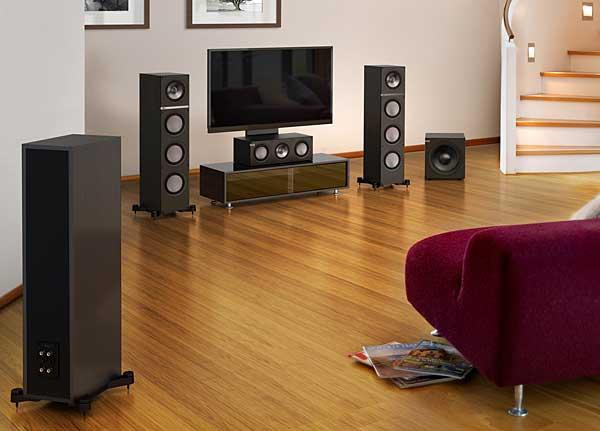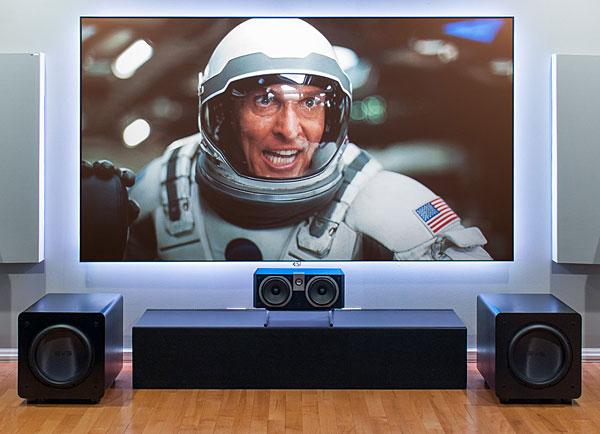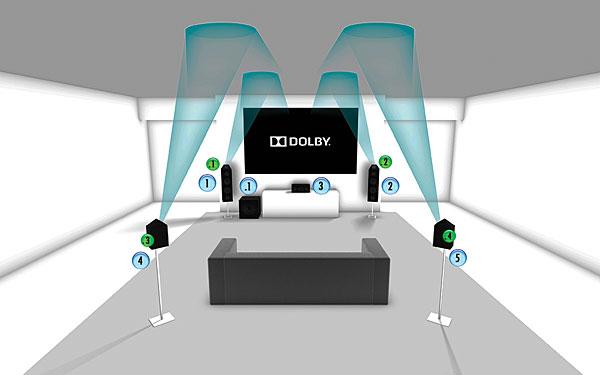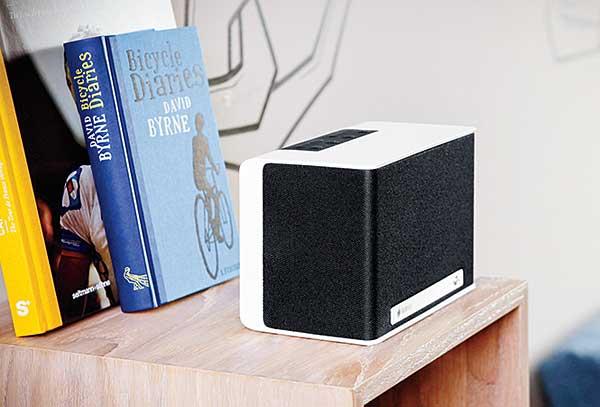Speaker Tech
Sort By: Post DateTitle Publish Date
|
Oct 25, 2012
|
Apr 07, 2020
|
Mar 23, 2023
|
Feb 24, 2014
|
May 27, 2018 |
First Published: May 24, 2018
|
Aug 06, 2015
|
Jun 03, 2016







 Tom Vodhanel is president and founder of Power Sound Audio, an Ohio-based company that specializes in subwoofers and sells direct through its website. Tom is also known as the “V” in SVS, another company that started out as a subwoofer specialist, and which he co-founded. Excerpts from this interview appear in the feature story “Subwoofers: The Guts and the Glory.”
Tom Vodhanel is president and founder of Power Sound Audio, an Ohio-based company that specializes in subwoofers and sells direct through its website. Tom is also known as the “V” in SVS, another company that started out as a subwoofer specialist, and which he co-founded. Excerpts from this interview appear in the feature story “Subwoofers: The Guts and the Glory.”






